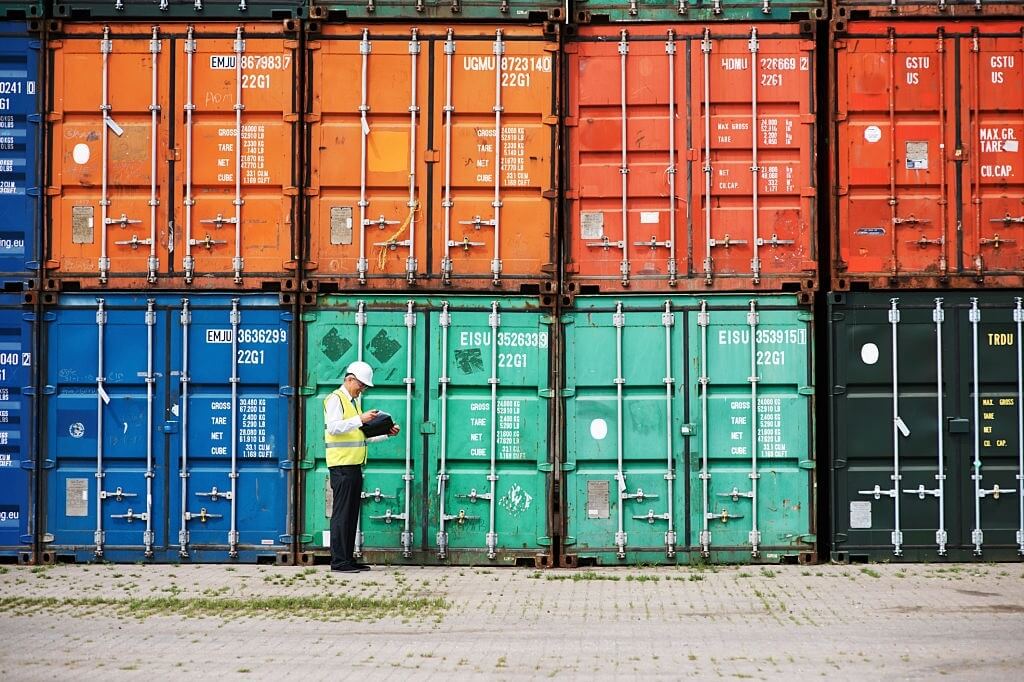Ultimate Guide About HS Code for Shipping
With the increasing global trade both in terms of value and volume, countless shipments are crossing different borders and are reaching all the corners of the world on a daily basis. The products being carried on these shipments need to be classified, cleared, checked, and taxed. As the names of the products may vary in different countries, the communication gap can create multiple issues for the customs authorities. For a smooth flow of trade, international dealers need to agree on mutually accepted conditions despite having any language differences.
Table of Contents
What is HS code?
To combat the problems arising from the communication gap, a system of unified classifications was introduced to make the whole process easier. HS code shorter for Harmonized System Code refers to the multipurpose international product nomenclature that serves the international trade in classifying the types of globally traded goods that are shipped across borders. After the system was developed by the World Customs Organization (WCO), the customs officers use HS code to permit or prohibit any product to enter or leave the international boundaries. The Hs Code specifies:
- The goods being transported
- Their types
- Their country of manufacturing
Implementation and Participating Countries
The system for the first time was enforced in 1988 and more than 200 countries have become members. Having signed the code, all the countries have agreed to use HS Code to categorize its HS tariff code and the duty structures. According to research analysts, today almost 98% of the international trade merchandise is classified in HS Code terms.
Is It Mandatory?
To observe the international trade regulations, it is a legal responsibility of the importers and the exporters of the member countries to comply with the code. Otherwise wrong classification of the products could lead to adverse consequences which can range from shipment delay to fines or other administrative penalizations.
Benefits
- Improves the efficiency of customs authorities of each country
- Enhances its effectiveness
- Assists the governments in regulating tariffs
- Helps in monitoring the trade and goods
- Assists in making Trade Negotiations ( The schedules of tariff concessions)
- Allows the collection of trade statistics
- Enables the countries to carry out statistical analysis
- It helps to ensure that no hazardous material is being imported.
- It also helps to monitor and update the freight tariffs, quota controls, etc.
Structure
At the international level, the HS code for categorizing the products is based on a six-digit code system organized in the following manner:
- It has around 5300 articles related to the product description
- These articles are arranged in 99 chapters
- These chapters are grouped in 21 system sections
- These sections include thousands of headings.
- The code constitutes a legal framework
- It also comprises of a logical design
The division in the section is the highest level of categorization. Normally, the chapters are arranged in the manner of a product level or the extent of manufacturing with natural goods like the vegetables or animal products taking up the initial sections of the code and things like machinery and other instruments occupy the later sections. All of the chapters give detailed accounts of the products. Chapter 77 is reserved for future common use by the international parties and, 98 and 99 are for national use only describing country-specific provisions for classification and modification.
Classification
The classification of the products in the HS Code is based upon the General Rules of the Interpretation of the Harmonized System GRI.
There are six GRI rules that need to be followed in consecutive order.
- GRI 1 that directs the method to classify the products on the four-digit digit heading level
- GRI 2 specifies the classification of the incomplete, unmanufactured goods mixtures and combinations of mixtures.
- GRI 3 specifies how to classify products that are either defected or come under two or more headings
- GRI 4 directs the method to categorize those products that don’t fall under the first, second or third rule.
- GRI 5 determines the order according to the packaging
- GRI 6 identifies the products on the six-digit heading level.
Challenges
Countries sometimes include extra digits for their country-specific tariff need fulfillment, for instance, the United States ha 10 digits in its HS Code. It increases the chances of mistakes which could lead to improper traif rates being applied. Now, fortunately with new technologies, the chances of the error have been reduced. But if you have even the slightest doubt about the code it is better to consult an expert to avoid any future problem.
Another challenge is to keep oneself updated with the trade values all the time. Often the tariffs are increased or decreased owing to the political conditions between countries.
HS Code Digits and Calculation
The HS Code consists of a 6 digit code that constitutes the universal economic language. These digits represent the position of the products in the HS Code. The six-digit code can be broken down in the following parts:
- The first two digits identify the chapter e.g 09 is for coffee, tea, etc.
- The next two further classify them e.g 09.02 Tea flavored or without flavor
- The last two digits depict further categorization e.g 09.02.01 Green tea.
In this way, the HS Code can be found out by inserting the digits related to chapters and specifics about the products. Following the GRI rules, the product classification is affected by certain factors including the product’s
- Form: For instance, the potatoes would use a subheading of fresh, frozen or fried potatoes.
- Composition: This refers to the composition of the material. For example, the furniture can be composed of wood, steel or board.
- Function: For example, certain chemicals being imported for manufacturing any product or for their raw use.
Importance
Following the Kyoto Convention of 1974, the code was developed for the harmonization of customs procedures. The understanding of the HS code and all the related customs clearance protocols is very important for freight forwarders, importers and exporters as the HS Codes for their goods provide the exact information about the customs duties. Inaccurate or misinformation can result in serious consequences. So, it is necessary to have the right information.
Hs code in shipping, HS code for export and HS code for Customs
Till the six digits, the HS Code of all the countries uses a standard classification code for categorizing the products for shipping. But the member countries have the liberty to add 2 or 4 digits to their HS Code for the extended categorization w.r.t to their own countries and to add country-specific legal notes.
- 8 digit code is used for export
- 10 digit code is used for import
The HS Export codes are also called Schedule B numbers. These numbers are managed by the U.S. Census Bureau. Though the first six digits of all the import and export codes are based on the Harmonized System yet in the Schedule B number those six digits are followed by additional four digits specific to depict the type of product US export.
For example in the United States to export the parts of umbrellas, the code is 6603.20.3000, while in Germany it is 6603.20.0000. the first six digits are the same while the next ones differ. It is necessary to put the right information in the commercial invoice and for that, the understanding of the difference is crucial.
The codes also represent the country-specific tariffs for custom purposes, the code has the number that depicts the type and form of good that is being transported.
Maintenance of HS Code:
After the code development, the WCO priority job is to work on the maintenance of the HS. This task requires the WCO to take every possible step to
- Ensure the uniform interpretation of the HS code
- Update it in light of advancement in technology and the evolving trade patterns.
Harmonized System Committee that represents the international contracting parties to the HS Convention is responsible for maintaining the HS Code. The committee examines the atters relating to policies, classification, disputes, amendments, etc. Every five to six years, the committee prepares amendments to update the code as the products are becoming more and more scientifically advanced and trading policies are changing. There were certain amendments introduced in the code too owing to the world trade evolving needs and to clarify the already existing subjects.
Is hs code the same as the tariff code? difference between an HS code and tariff code lies in the number of digits within the code. A code with six digits represents the universal language for product specification and more numbers add more specification which represents the tariff number.
HS code required on the commercial invoice?
is necessary to put all the information regarding the product in the commercial invoice including the HS Code to follow international regulations.
HS code the same as HTS code?
code stands for Harmonized System or Harmonized Tariff Schedule having more than six numbers with the first six digits similar to that of the HS Code. By adding additional numbers the product’s details are more specified.
For example, the HS Section 09 is for ‘Coffee, Tea, Mate, and Spices.’
that
- 0901 is, ‘Coffee; Coffee Husks Etc; Substitutes With Coffee.’
- 0901.11 is, ‘Coffee, Not Roasted, Not Decaffeinated.”
- 0901.11.0015 is, ‘Coffee, Certified Organic, Arabica, Not Decaffeinated, Not Roasted.
HS code the same as schedule b:
Schedule B numbers are US-specific coding systems to monitor and specify US Exports. The first six digits are that of the HS code. Other features are:
- They are ten digits unlike HS Code which comprises of 6 digits
- They are handled by Census Bureau’s Foreign Trade Division for export statistics, unlike HS Code which is maintained by WCO.
HS code and HSN code same:
Code (Harmonized System Nomenclature Code) is the same thing as HS Code that internationally developed coding system o characterize the traded goods.






